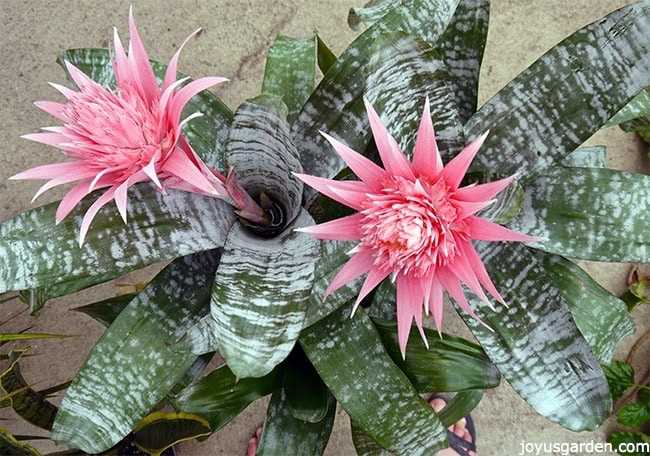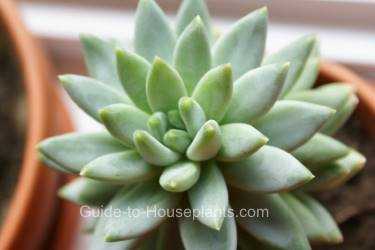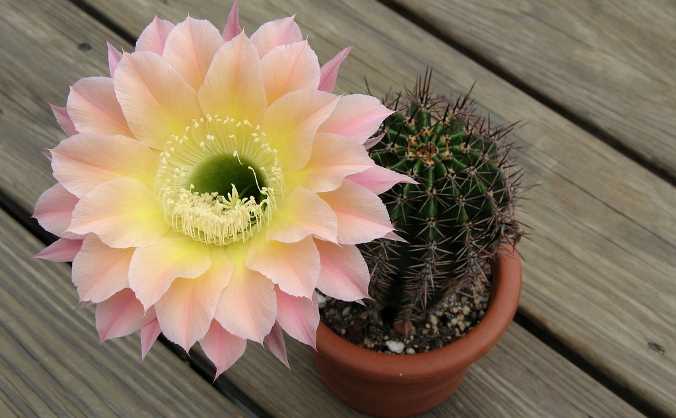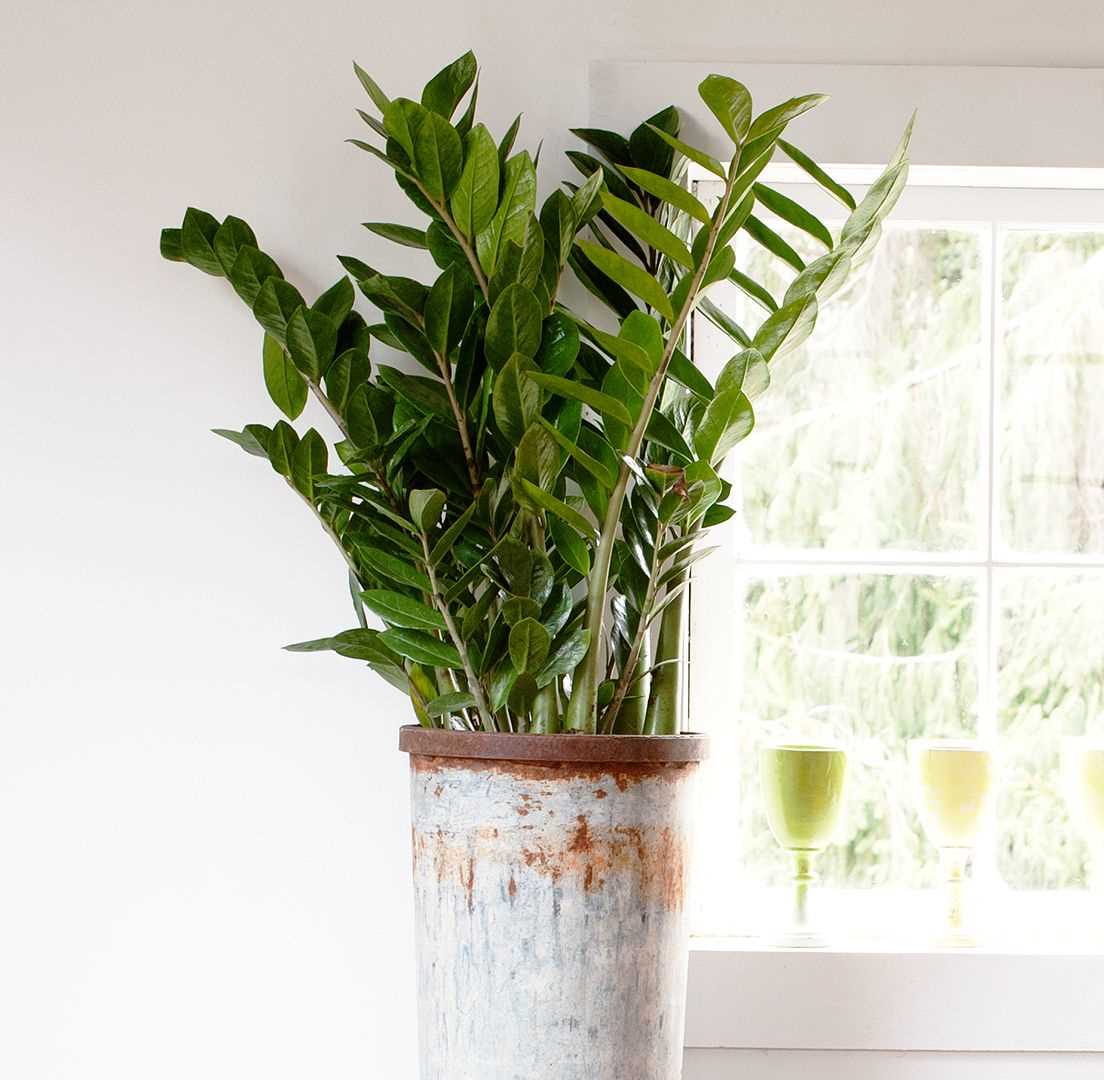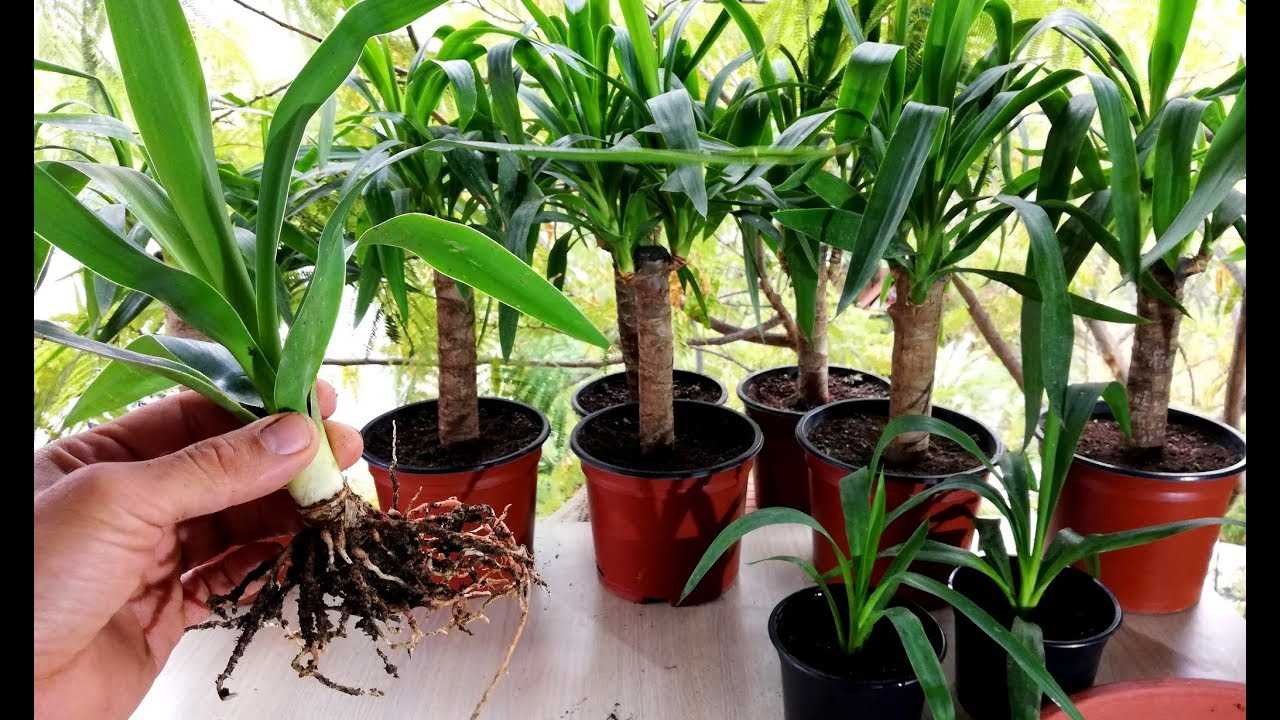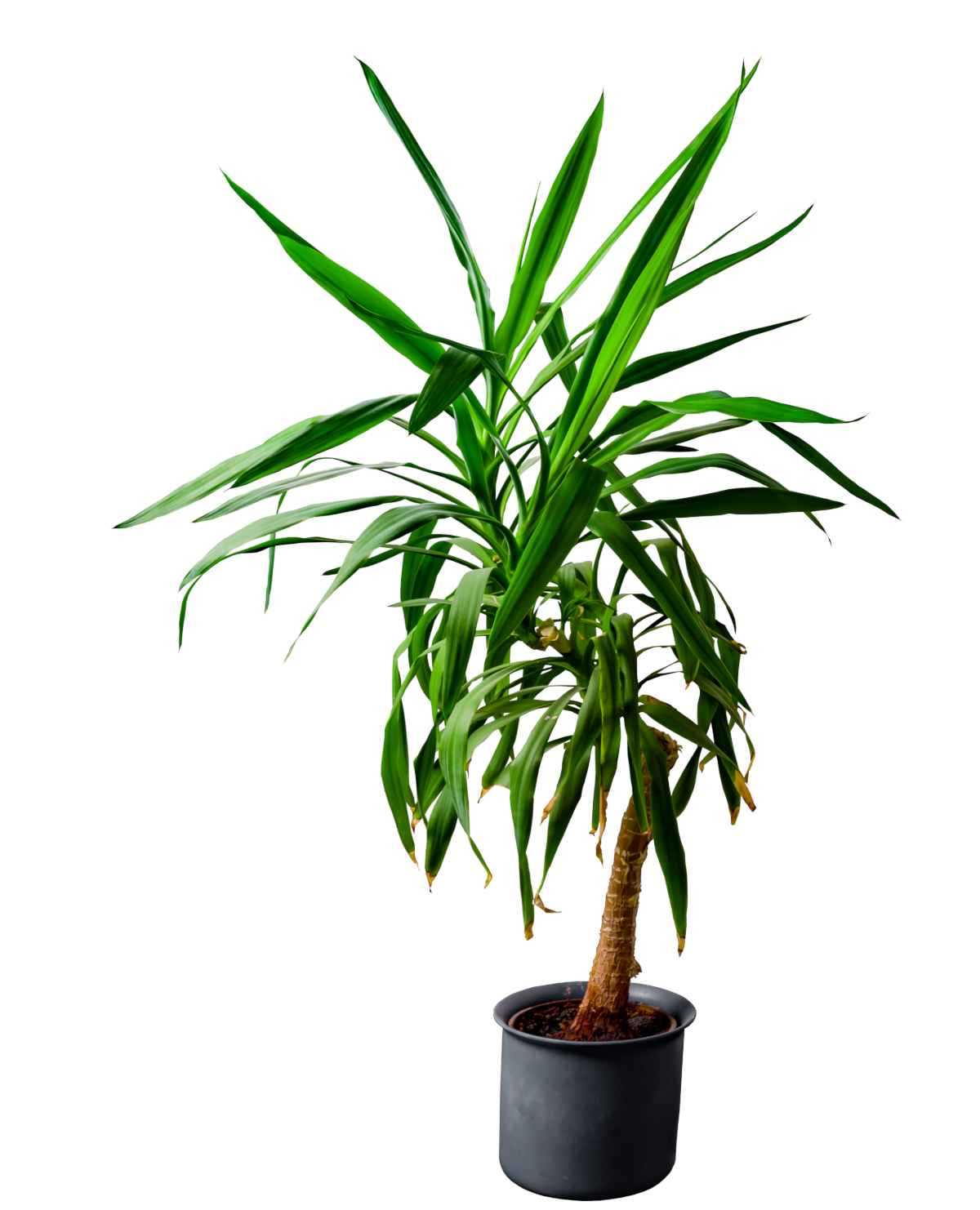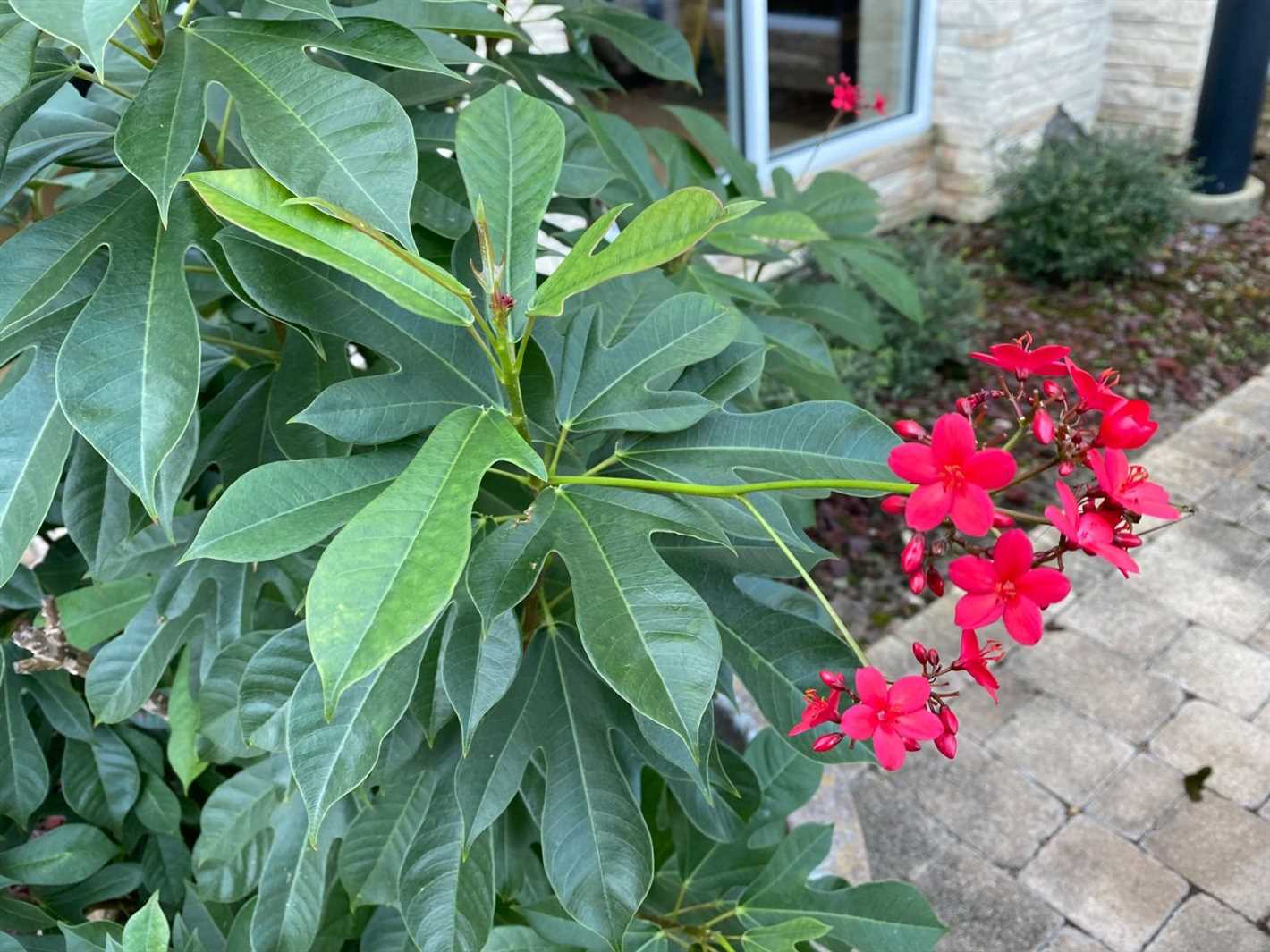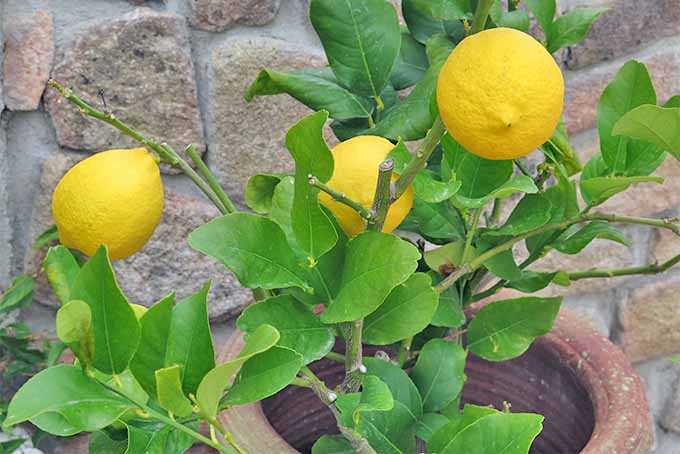- In conclusion,
- Hamedorea Care at Home
- Introduction
- Light
- Watering
- Humidity
- Temperature
- Fertilization
- Pruning
- Potting and Repotting
- Pests and Diseases
- Conclusion
- Growing Hamedorea Indoors
- Light Requirements
- Temperature and Humidity
- Watering
- Soil and Fertilizer
- Pruning and Maintenance
- Common Issues
- Conclusion
- Choosing the Right Location
- Watering and Humidity
- Watering
- Humidity
- Fertilizing Hamedorea
- 1. Choose the right fertilizer
- 2. Follow the instructions
- 3. Fertilize during the growing season
- 4. Dilute the fertilizer
- 5. Apply fertilizer evenly
- 6. Monitor for signs of overfertilization
- 7. Keep a fertilizing schedule
- Pruning and Trimming
- 1. Why prune and trim?
- 2. When to prune and trim?
- 3. Tools required
- 4. Removing dead or damaged foliage
- 5. Shaping and resizing
- 6. Cleaning and maintenance
- 7. Disposal of pruned materials
- 8. Consider professional help
- Pest Control
- Common Pests
- Treatment Options
- Additional Tips
- Common Issues and Troubleshooting
- Fading or yellowing leaves
- Brown tips on leaves
- Spider mites or other pests
- Yellowing or wilting stems
- Slow growth or lack of new growth
- Leaf spots or discoloration
- Plant dropping or shedding leaves
- General tips for troubleshooting
- Q&A:
- How often should I water my Hamedorea?
- What kind of light does Hamedorea need?
- Can Hamedorea tolerate low light conditions?
- Do I need to fertilize my Hamedorea?
- How often should I repot my Hamedorea?
- Why are the leaves of my Hamedorea turning brown?
- Can I propagate Hamedorea through division?
- Video: Parlour Palm Spotlight & Care Guide Chamaedorea Elegans
The Hamedorea, also known as the “Bamboo Palm”, is a popular indoor plant that is loved for its graceful appearance and air-purifying qualities. This tropical plant is native to the rainforests of Central and South America and it thrives in warm and humid environments. If you’re looking to add a touch of greenery to your home or office, the Hamedorea is a great choice.
Caring for a Hamedorea is relatively simple, but there are a few key tips and tricks that can help ensure its success. First and foremost, it’s important to provide the plant with the right amount of light. While the Hamedorea can tolerate low light conditions, it will thrive in bright, indirect light. Placing the plant near a north or east-facing window is ideal.
In addition to light, the Hamedorea also requires the right amount of water. It’s important to keep the soil evenly moist, but not soggy. Over-watering can lead to root rot, while under-watering can cause the plant to become dehydrated. A good rule of thumb is to water the plant when the top inch of soil feels dry.
Lastly, it’s important to keep the Hamedorea in a warm and humid environment. The plant prefers temperatures between 60 and 75 degrees Fahrenheit, and it thrives in humidity levels above 50 percent. If your home or office is particularly dry, you can increase humidity levels by using a humidifier or placing the plant on a tray filled with pebbles and water.
In conclusion,
the Hamedorea is a beautiful and low-maintenance indoor plant that can brighten up any space. By providing it with the right amount of light, water, and humidity, you can ensure its health and longevity. So go ahead and bring a bit of the tropics into your home with a Hamedorea plant!
Hamedorea Care at Home
Introduction
Hamedorea, also known as bamboo palm or parlour palm, is a popular houseplant that can add a touch of tropical elegance to your home. In this guide, you will find expert tips and tricks for taking care of your hamedorea plant at home.
Light
Place your hamedorea plant in a location where it can receive bright, indirect sunlight. Avoid placing it in direct sunlight, as this can cause the leaves to burn. Low light conditions can also be tolerated, but it may result in slower growth.
Watering
Water your hamedorea plant when the top inch of soil feels dry to the touch. Ensure that the pot has drainage holes to prevent water from accumulating and causing root rot. Overwatering can be detrimental to the health of your plant, so it’s essential to strike a balance.
Humidity
Hamedorea plants thrive in high humidity environments. You can increase humidity by placing a tray of water near the plant or using a humidifier. Misting the leaves with water can also help maintain adequate humidity levels.
Temperature
Keep your hamedorea plant in a temperature range of 65-80°F (18-27°C). Protect it from drafts and avoid sudden temperature fluctuations, which can stress the plant.
Fertilization
Feed your hamedorea plant with a balanced liquid fertilizer during the growing season (spring and summer) every two to four weeks. Be sure to dilute the fertilizer to half its regular strength.
Pruning
Regular pruning can help maintain the shape and appearance of your hamedorea plant. Trim off any dead or yellowing leaves, as well as any damaged or leggy stems.
Potting and Repotting
Repot your hamedorea plant every two to three years or when it has outgrown its current pot. Use a well-draining potting mix and a pot that is one size larger than the current one. Be gentle when repotting to avoid damaging the plant’s roots.
Pests and Diseases
Hamedorea plants are generally resistant to pests and diseases. However, occasional infestations by spider mites or mealybugs may occur. Regularly inspect your plant for any signs of pests and treat them promptly with organic insecticides or soapy water.
Conclusion
With proper care and attention, your hamedorea plant can thrive and bring a touch of greenery to your indoor space. Remember to provide adequate light, water, and humidity, and your hamedorea will reward you with lush, vibrant foliage.
Growing Hamedorea Indoors
Hamedorea, also known as the Bamboo Palm, is a popular houseplant due to its attractive foliage and easy care requirements. Here are some expert tips and tricks for growing Hamedorea indoors:
Light Requirements
Hamedorea thrives in bright, indirect light. Place the plant near a north or east-facing window where it can receive a few hours of bright, indirect sunlight each day. Avoid placing it in direct sunlight as it can scorch the leaves.
Temperature and Humidity
Hamedorea prefers warm temperatures ranging from 65°F to 80°F (18°C to 27°C). It also enjoys high humidity levels, so consider using a humidifier or placing a tray of water near the plant to create a more humid environment.
Watering
Keep the soil evenly moist but not soggy. Water the plant when the top inch of soil feels dry to the touch. Avoid overwatering as it can lead to root rot. It’s better to underwater than overwater the plant.
Soil and Fertilizer
Use a well-draining potting mix for Hamedorea. A mix of peat moss, perlite, and sand works well. Fertilize the plant with a balanced houseplant fertilizer every 2-4 weeks during the growing season (spring and summer). Follow the package instructions for the correct dosage.
Pruning and Maintenance
Regularly remove any yellow or brown leaves to maintain the plant’s appearance. You can use sharp, clean scissors to prune any dead or damaged fronds. If necessary, repot the plant every 2-3 years to provide fresh soil and space for growth.
Common Issues
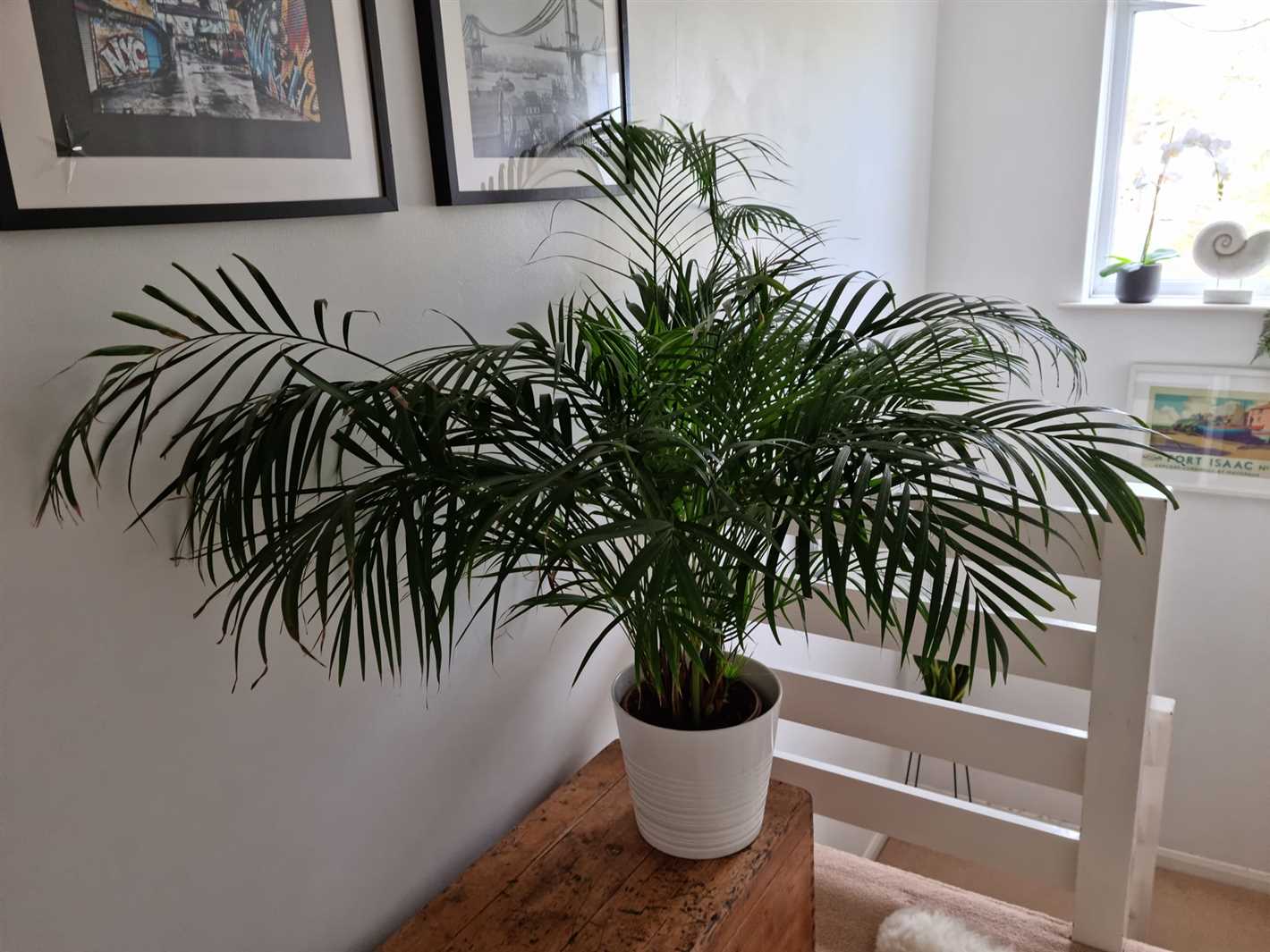
Hamedorea is generally a hardy plant, but it can be susceptible to mealybugs and spider mites. Keep an eye out for any signs of infestation, such as sticky leaves or webs, and treat them accordingly using natural or chemical insecticides.
Conclusion
With the right care and attention, growing Hamedorea indoors can be a rewarding experience. By providing it with the proper light, temperature, water, and maintenance, you can enjoy a beautiful and healthy plant in your home.
Choosing the Right Location
When it comes to finding the perfect spot for your Hamedorea plant, there are a few key factors to consider. Follow these expert tips to ensure your plant thrives:
- Indirect sunlight: Hamedorea plants thrive in bright, indirect sunlight. Avoid placing your plant in direct sunlight as it can scorch the leaves.
- Avoid cold drafts: Hamedorea plants are sensitive to cold drafts, so be sure to keep them away from windows and doors that may let in chilly air.
- Warm and humid environment: Hamedorea plants prefer a warm and humid environment. Consider placing them in a bathroom or near a humidifier to create the perfect conditions.
- Avoid extreme temperatures: Hamedorea plants do not do well in extreme temperatures. Keep them away from heating vents and air conditioning units that can cause drastic temperature changes.
- Consider the size: Hamedorea plants can vary in size, so consider the available space in your home before choosing a location. Ensure that the plant has enough room to grow and is not cramped.
By taking these factors into consideration, you can find the ideal location for your Hamedorea plant and provide it with the best possible care.
Watering and Humidity
Watering and humidity are two crucial factors to consider when caring for your Hamedorea plant. Proper watering techniques and maintaining appropriate humidity levels can help keep your plant healthy and vibrant.
Watering
When it comes to watering your Hamedorea plant, it’s important to strike a balance. Overwatering can lead to root rot, while underwatering can cause it to dry out and die.
- Check the moisture level of the soil regularly. Stick your finger about an inch into the soil to determine if it feels dry or moist.
- Water your plant thoroughly when the top inch of the soil feels dry to the touch. This will ensure that the water reaches the roots. Avoid waterlogging the soil.
- Use room temperature water to prevent shocking the roots. Allow any excess water to drain out of the pot to prevent water buildup at the bottom.
- During the winter months, reduce the frequency of watering as the plant’s growth slows down.
Humidity
Hamedorea plants thrive in higher humidity environments. Increasing humidity levels can help prevent the plant from drying out and will promote healthy growth.
- During dry seasons or in homes with low humidity levels, consider using a humidifier or placing a tray of water near the plant.
- Misting the leaves of the Hamedorea plant can also help increase humidity levels. Avoid misting the plant excessively, as it can lead to fungal issues.
- Grouping plants together can create a microclimate of higher humidity, benefiting all the plants in proximity.
By providing your Hamedorea plant with proper watering and humidity levels, you can help ensure its overall well-being and promote its lush foliage growth.
Fertilizing Hamedorea
Fertilizing your Hamedorea plant is an important part of its care routine. It helps provide the necessary nutrients for the plant to grow and thrive. Here are some tips and tricks for fertilizing your Hamedorea:
1. Choose the right fertilizer
When it comes to fertilizers, it’s important to choose one that is specifically formulated for indoor plants. Look for a balanced fertilizer with equal amounts of nitrogen, phosphorus, and potassium (NPK). This will ensure that your Hamedorea gets the right nutrients it needs.
2. Follow the instructions
Before applying any fertilizer, make sure to read and follow the instructions on the packaging. Different fertilizers may have different application rates, so it’s important to use the correct amount for your Hamedorea plant.
3. Fertilize during the growing season
Hamedorea plants are generally slow-growing, so they do not require frequent fertilization. However, it’s best to fertilize during the growing season, which is usually spring and summer. This will give the plant an extra boost of nutrients to support its growth.
4. Dilute the fertilizer
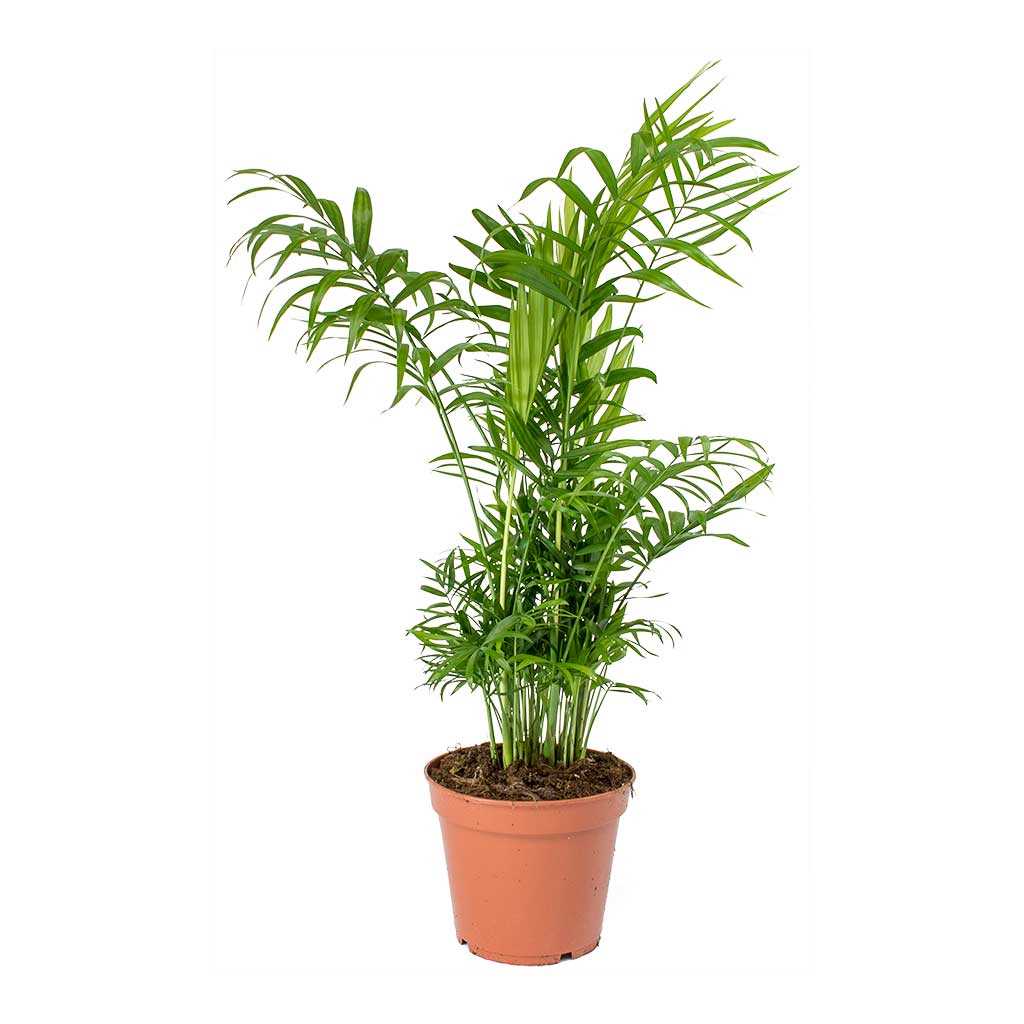
When fertilizing your Hamedorea, it’s best to dilute the fertilizer to half or quarter strength. This is because Hamedorea plants are sensitive to excess fertilizer, which can lead to fertilizer burn and damage the roots. Diluting the fertilizer will help prevent this and ensure that the plant gets the right amount of nutrients.
5. Apply fertilizer evenly
When applying the fertilizer, make sure to distribute it evenly around the base of the plant. This will ensure that all the roots receive the nutrients. Avoid applying the fertilizer directly to the leaves or stems, as this can cause damage.
6. Monitor for signs of overfertilization
It’s important to monitor your Hamedorea plant for signs of overfertilization. If the leaves start turning yellow or brown, or if the plant shows signs of wilting, it may be a sign that you’re overfertilizing. In this case, it’s best to stop fertilizing for a while and give the plant a chance to recover.
7. Keep a fertilizing schedule
To ensure that your Hamedorea plant gets a consistent supply of nutrients, it’s a good idea to establish a fertilizing schedule. This can be once every month or every two months, depending on the needs of your plant. Stick to the schedule and adjust as needed based on the growth and health of your Hamedorea.
By following these tips and tricks, you can ensure that your Hamedorea gets the right amount of nutrients it needs to grow and thrive.
Pruning and Trimming
Proper pruning and trimming are essential for maintaining the health and appearance of your Hamedorea plant. Here are some expert tips and tricks to help you with this important task:
1. Why prune and trim?
Pruning and trimming your Hamedorea plant can help promote healthy growth, remove dead or damaged foliage, and maintain its shape and size. It also allows more light and air to reach the inner parts of the plant, preventing the accumulation of pests and diseases.
2. When to prune and trim?
Pruning and trimming can be done throughout the year, but it’s best to schedule it in early spring or late winter before the plant enters its active growth phase. Avoid pruning during the winter months when the growth rate is slower.
3. Tools required
Before you start pruning and trimming, make sure you have the necessary tools. These may include sharp pruning shears, scissors, or a small saw for larger branches. It’s important to keep your tools clean and sharp to prevent any damage to the plant.
4. Removing dead or damaged foliage
Begin by inspecting your Hamedorea plant for any dead or damaged foliage. Dead or yellow leaves can be easily removed by gently pulling them downward. Cut out any damaged or diseased leaves or stems using sharp pruning shears.
5. Shaping and resizing
If your Hamedorea plant has become unruly or too large for its space, you can prune it to shape and resize it. To do this, identify the branches or stems that need to be pruned to achieve the desired shape. Make cuts just above the node or joint to encourage new growth.
6. Cleaning and maintenance
After pruning and trimming, make sure to clean the plant’s foliage to remove any dust or debris. Use a soft cloth or sponge dampened with water to gently wipe the leaves. This will not only improve the plant’s appearance but also help it in photosynthesis.
7. Disposal of pruned materials
Dispose of the pruned branches and leaves properly. If they are disease-free, you can add them to your compost bin. However, if they show signs of disease or pests, it’s best to discard them in a sealed bag to prevent further contamination.
8. Consider professional help
If you are unsure about pruning techniques or if your Hamedorea plant requires extensive pruning or trimming, it’s always a good idea to seek professional help. Plant care experts or arborists can provide guidance and ensure the proper care of your plant.
By following these pruning and trimming tips, you can keep your Hamedorea plant healthy, beautiful, and thriving for years to come.
Pest Control
- Preventive Measures: To prevent pest infestations, it is important to maintain a clean and healthy environment for your Hamedorea plant. Regularly clean the leaves to remove dust and debris, as pests often hide in the foliage. Avoid overwatering, as damp conditions can attract pests.
Common Pests
Here are some common pests that may affect your Hamedorea plant:
- Mealybugs: These small white insects can be identified by their cotton-like appearance. They feed on the plant sap, causing stunted growth and yellowing of the leaves.
- Spider Mites: These tiny pests spin webs and thrive in dry conditions. They suck the sap from the plant, resulting in yellow spots on the leaves.
- Scale Insects: Scale insects appear as small bumps on the plant, often in clusters. They feed on the sap, leading to weakened growth and yellowed foliage.
Treatment Options
- Natural Remedies: A simple and effective method to control pests is to use a mixture of water and mild dish soap. Spray this solution on the affected areas of the plant to kill the pests. Another natural option is to use neem oil, which acts as an insect repellent.
- Chemical Pesticides: If the infestation is severe, you can use chemical pesticides specifically designed for indoor plants. However, be cautious and read the instructions thoroughly before using any pesticide, as some may be harmful to pets and humans.
Additional Tips
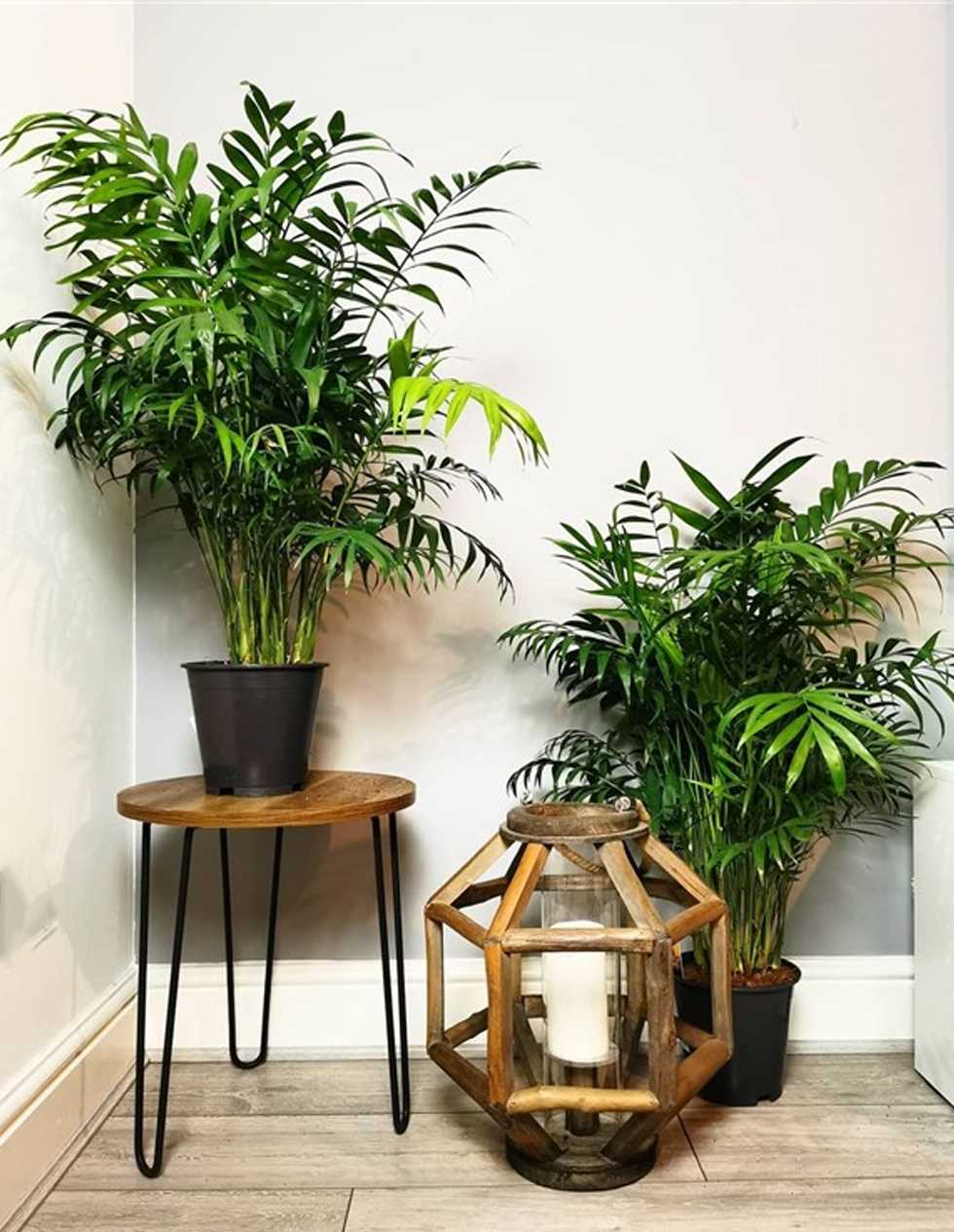
- Regularly inspect your Hamedorea plant for signs of pest infestation, such as leaf discoloration, webbing, or sticky residue.
- Isolate infected plants to prevent the spread of pests to other plants.
- Improve air circulation around the plant by placing it outdoors or near a fan.
- Avoid using excessive fertilizers, as they can attract pests.
By following these pest control tips, you can ensure the health and growth of your Hamedorea plant, keeping it pest-free and vibrant.
Common Issues and Troubleshooting
Fading or yellowing leaves
If you notice that the leaves of your Hamedorea plant are fading or turning yellow, it may be a sign of insufficient light. Hamedorea plants thrive in bright, indirect light, so make sure to place your plant near a window where it can receive plenty of light. If the leaves continue to fade or turn yellow, it could also be a sign of overwatering. Check the moisture level of the soil and adjust your watering routine accordingly.
Brown tips on leaves
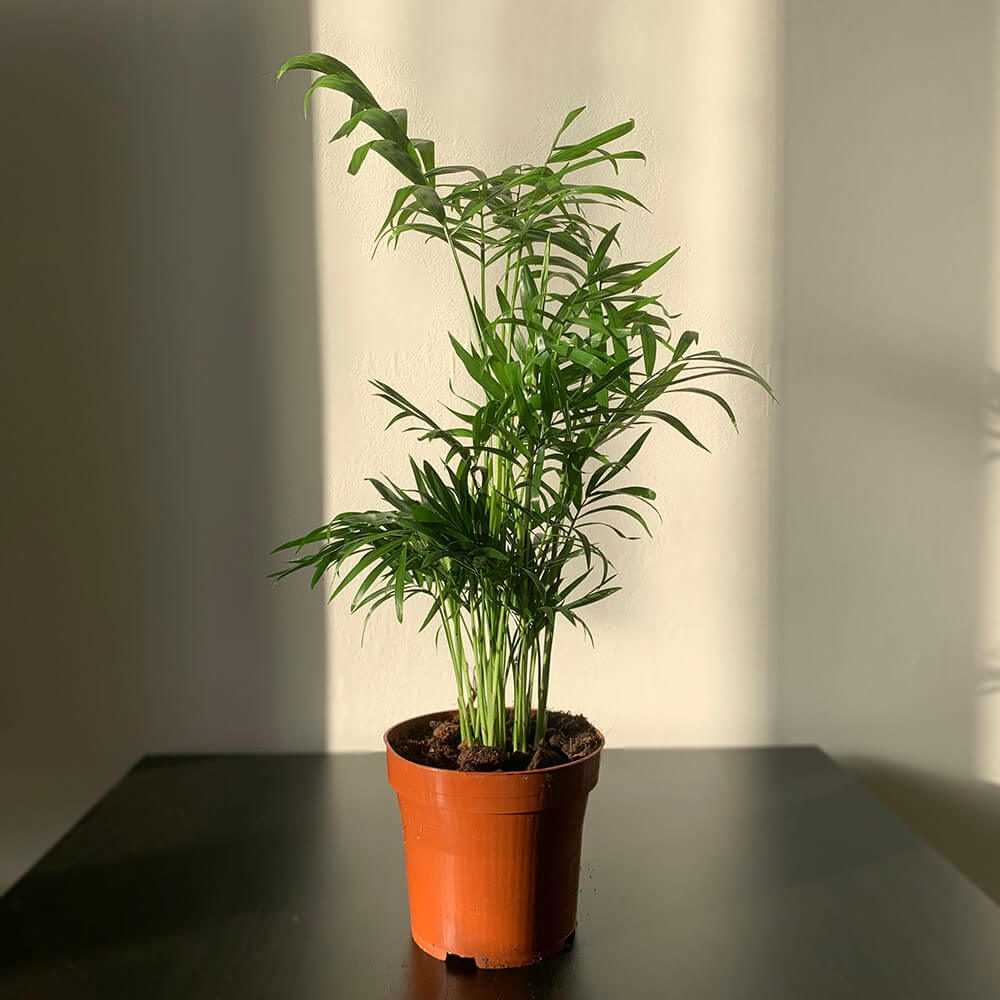
Brown tips on the leaves of a Hamedorea plant can be a result of underwatering or low humidity levels. Make sure to water your plant regularly, keeping the soil evenly moist but not soggy. Additionally, Hamedorea plants prefer humid environments, so consider misting the leaves with water or placing a tray of water near the plant to increase humidity.
Spider mites or other pests
If you notice tiny webs or tiny moving dots on the leaves of your Hamedorea plant, it may be infested with spider mites or other pests. To get rid of spider mites, you can wash the leaves with a mixture of water and mild soap. Alternatively, you can use an insecticidal soap or neem oil spray to treat the infestation. Make sure to follow the instructions on the product label when using any chemical treatments.
Yellowing or wilting stems
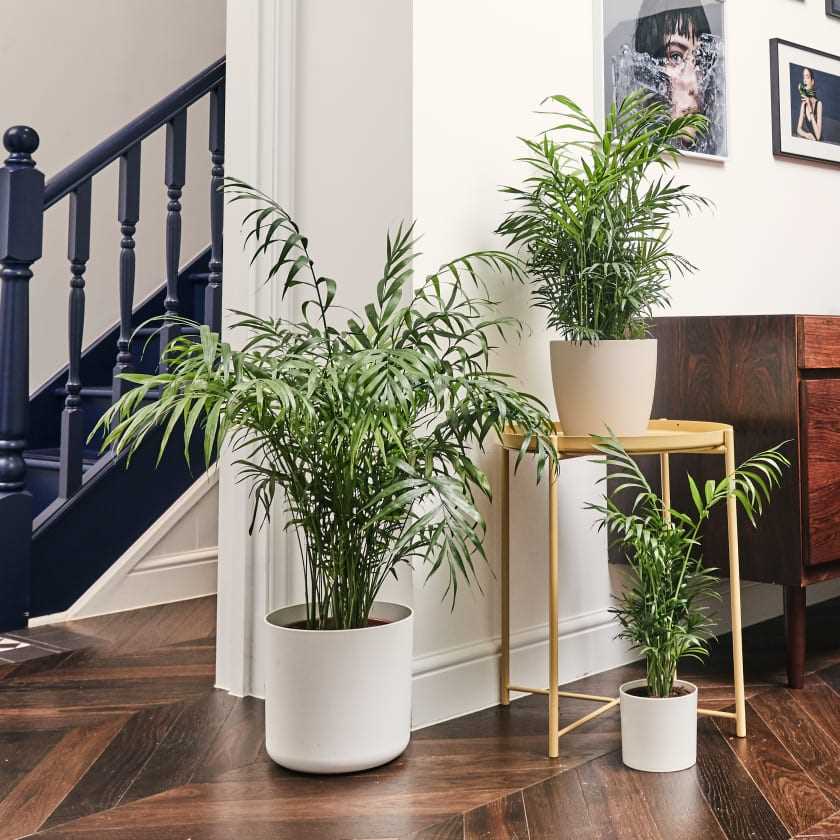
If the stems of your Hamedorea plant are turning yellow or wilting, it may be a sign of overwatering or root rot. Check the soil moisture and adjust your watering routine to ensure that the plant is not sitting in waterlogged soil. If root rot is suspected, remove the plant from its pot and inspect the roots. Trim away any rotten or mushy roots, and replant the Hamedorea in fresh, well-draining soil.
Slow growth or lack of new growth
If your Hamedorea plant is experiencing slow growth or a lack of new growth, it may be due to a lack of nutrients. You can fertilize your plant with a balanced houseplant fertilizer once a month during the growing season to promote healthy growth. Additionally, make sure to provide your Hamedorea with proper lighting and regular watering to ensure optimal conditions for growth.
Leaf spots or discoloration
If you notice leaf spots or discoloration on your Hamedorea plant, it may be a sign of fungal or bacterial infection. To prevent the spread of infection, remove any affected leaves and maintain good air circulation around the plant. Avoid overhead watering, as this can promote the spread of fungal spores. Consider using a fungicide spray to treat the infection, following the instructions on the product label.
Plant dropping or shedding leaves
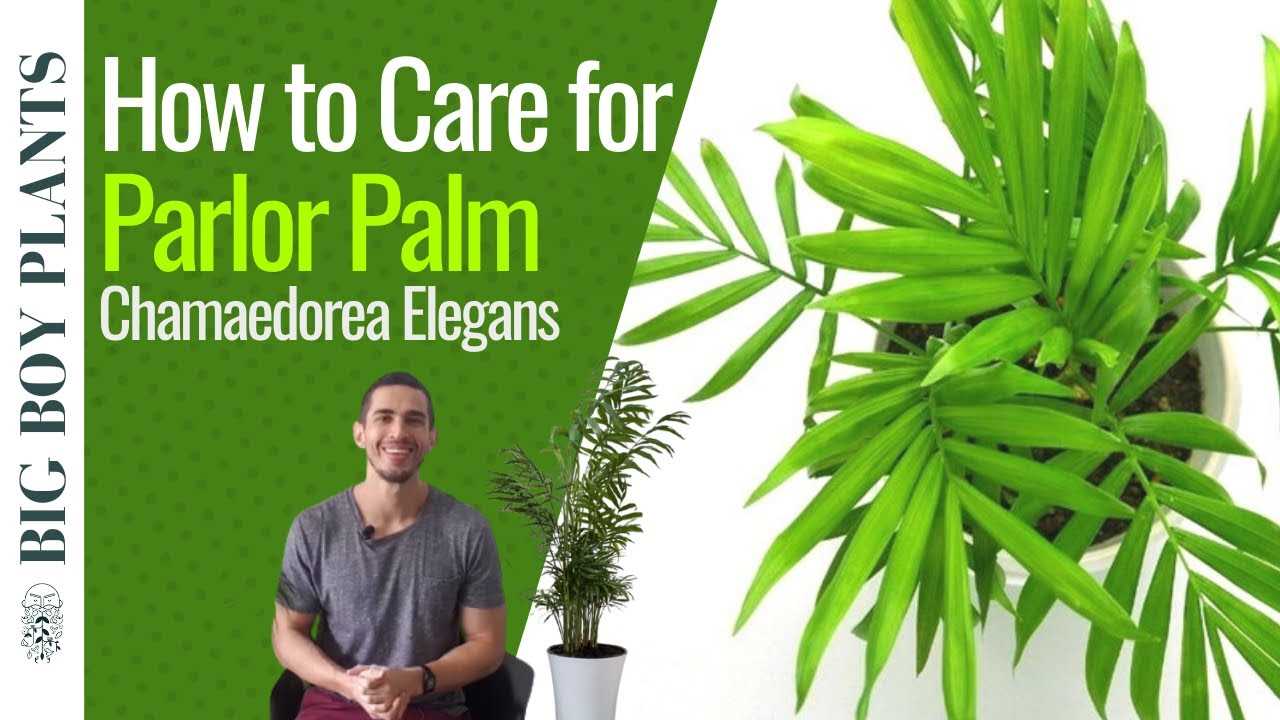
If your Hamedorea plant is dropping or shedding leaves, it may be a sign of stress or environmental factors. Ensure that your plant is not exposed to drafts or sudden temperature changes. Additionally, check the moisture level of the soil and adjust your watering routine accordingly. It’s normal for Hamedorea plants to shed older or damaged leaves, but if you notice excessive leaf loss, it may be a sign of an underlying issue.
General tips for troubleshooting
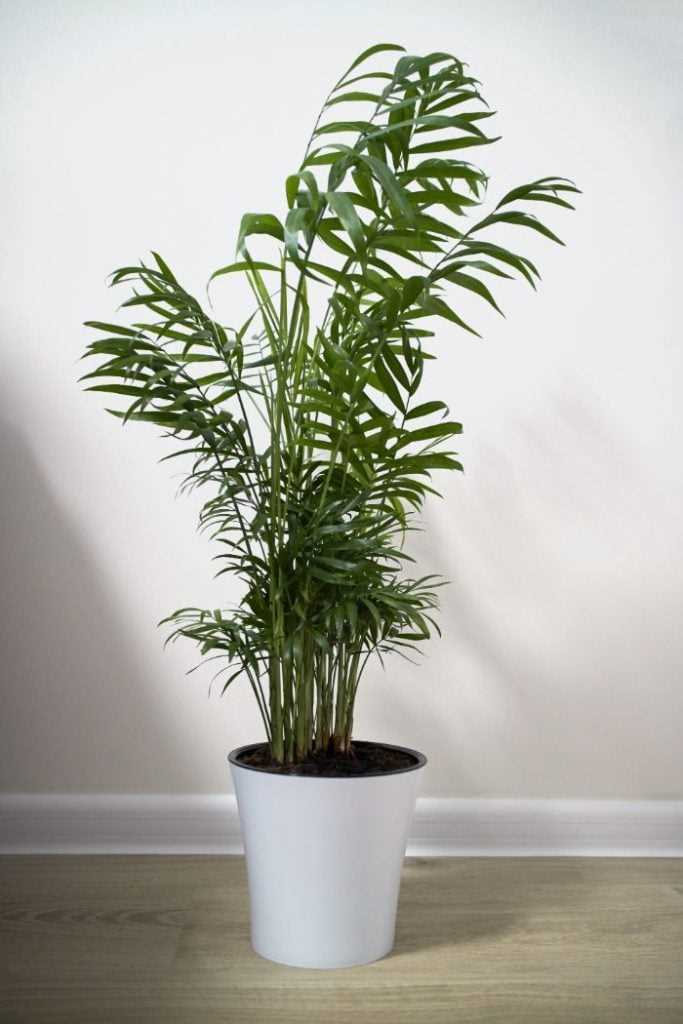
- Monitor light levels and ensure your Hamedorea plant is receiving adequate indirect light.
- Check the moisture level of the soil regularly and adjust your watering routine accordingly.
- Maintain proper humidity levels by misting the leaves or placing a tray of water near the plant.
- Inspect your plant regularly for signs of pests or diseases and take appropriate measures for treatment.
- Provide regular fertilization during the growing season to promote healthy growth.
- Avoid exposing your Hamedorea plant to drafts or sudden temperature changes.
By following these troubleshooting tips, you can help ensure your Hamedorea plant stays healthy and thriving in your home.
Q&A:
How often should I water my Hamedorea?
Hamedoreas prefer to be kept evenly moist, so water them when the top inch of soil feels dry.
What kind of light does Hamedorea need?
Hamedoreas prefer bright, indirect light. Avoid placing them in direct sunlight, as it can scorch their leaves.
Can Hamedorea tolerate low light conditions?
Yes, Hamedoreas can tolerate low light conditions, but they may grow slower and have fewer leaves. It’s still best to provide them with bright, indirect light for optimal growth.
Do I need to fertilize my Hamedorea?
Yes, it’s recommended to fertilize Hamedoreas every 2-4 weeks during the growing season (spring and summer). Use a balanced, water-soluble houseplant fertilizer diluted to half strength.
How often should I repot my Hamedorea?
Hamedoreas can be repotted every 1-2 years, or when their roots become pot-bound. When repotting, choose a pot that is one size larger and use a well-draining potting mix.
Why are the leaves of my Hamedorea turning brown?
Brown leaves on a Hamedorea can be a sign of underwatering, excessive light exposure, or low humidity. Adjusting the watering, light, and humidity levels should help prevent further leaf browning.
Can I propagate Hamedorea through division?
Yes, Hamedoreas can be propagated through division. Carefully separate the plant into smaller clumps, making sure each clump has roots attached. Replant the divisions in separate pots with fresh potting mix.
Video:
Parlour Palm Spotlight & Care Guide Chamaedorea Elegans
